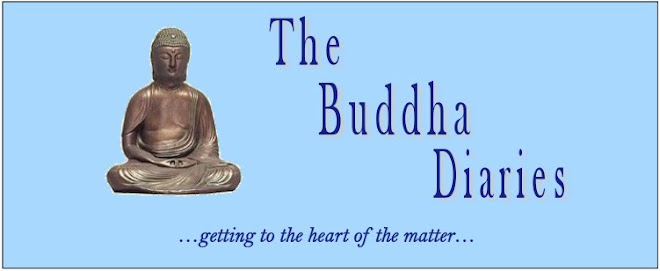I fear the time has come to leave behind those days that were, for a child at least, carefree and innocent, despite the war that continued to rage in Europe. My last memories of that war were Yanks in endless columns of Jeeps...
... and military trucks passing through our village, with sticks of chewing gum for eager children running alongside, packs of Lucky Strikes for smokers like my father, and silk stockings for our Bletchley girls. It was my first glimpse of the happy denizens of the country that was to become my home.
But those days of innocence came to
an end when I was seven years old and my parents decided to send me off to
boarding school. In one of our serious talks in his study at the Rectory, my
father made at least the pretense of including me in the decision. I could choose, he
said, to join the boys at the local school. But it was made clear to me in the
subtlest of ways that the “local boys” were not the most desirable of
classmates and that boarding school would offer an infinitely better education.
If I wanted to make something of my life the “choice” was not in question. I
chose to go where I knew my parents wanted me to go. Even for a seven year old,
the signals were not hard to read. And “prep school” sounded somehow exciting,
somehow manly, somehow… the right place for a young boy. (Prep school in
England, unlike in the United States, is the elementary school that prepares
you, not for college, but for entry into the “public school” system. For
“public,” or course, read “private.” Prep schools take children from roughly
seven or eight to twelve years of age. Public schools, from twelve to eighteen).
We went shopping in London. We
shopped at the grand Gorringes department store...
... on Buckingham Palace Road, near
Victoria station, where they sold uniforms for almost every prep and public
school. For all I know, they still do. That was the tradition, and it was part
of the excitement. We bought what I’d need for my school uniform...
I was to go to Windlesham House
School. Flora was to go to Upper Chine. Her uniform was cornflower blue...
 |
| (Here they are! Not in glorious color, I fear. My sister could have been in this picture--but I don't think she is...) |
As I
recall, Upper Chine was evacuated from the Isle of Wight to a location close to
Aspley Guise for the duration of the war, which meant that she could start
there as a “day girl.” Windlesham was also evacuated from the south coast, not
far from Brighton, but to a location in Ambleside, a small town in what was
then Cumberland, now Cumbria, in the far north of England. Which was a very
long way from home.
And boyhood began to take a darker
turn…











No comments:
Post a Comment